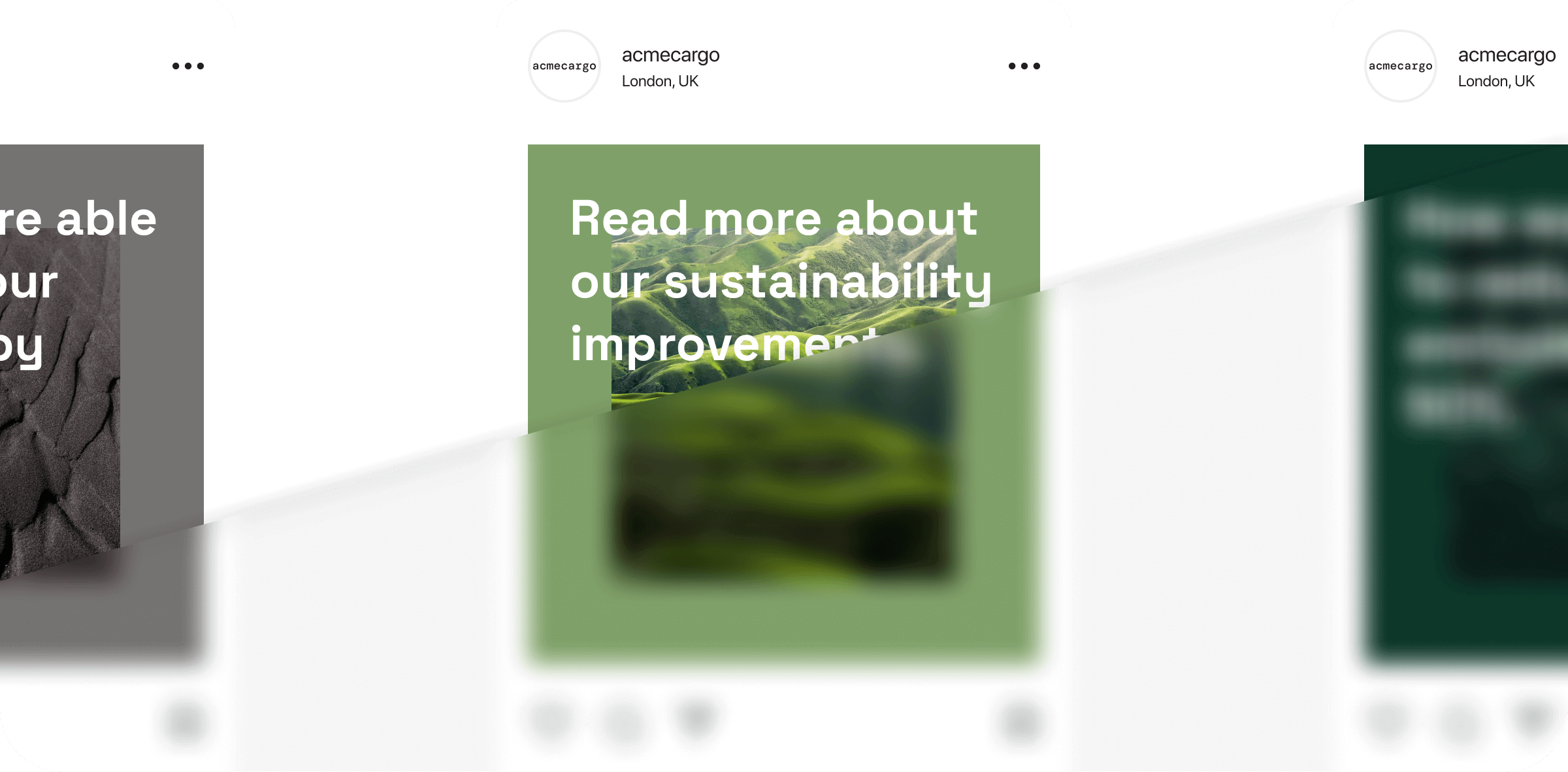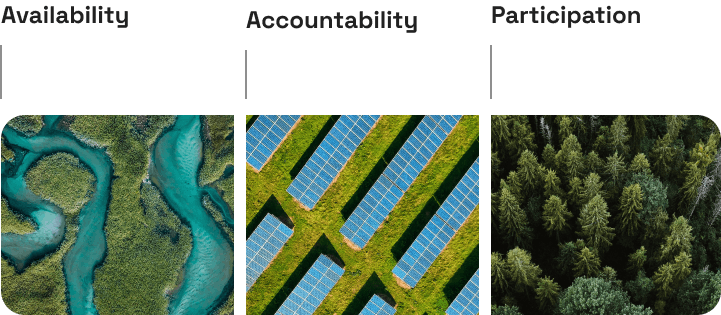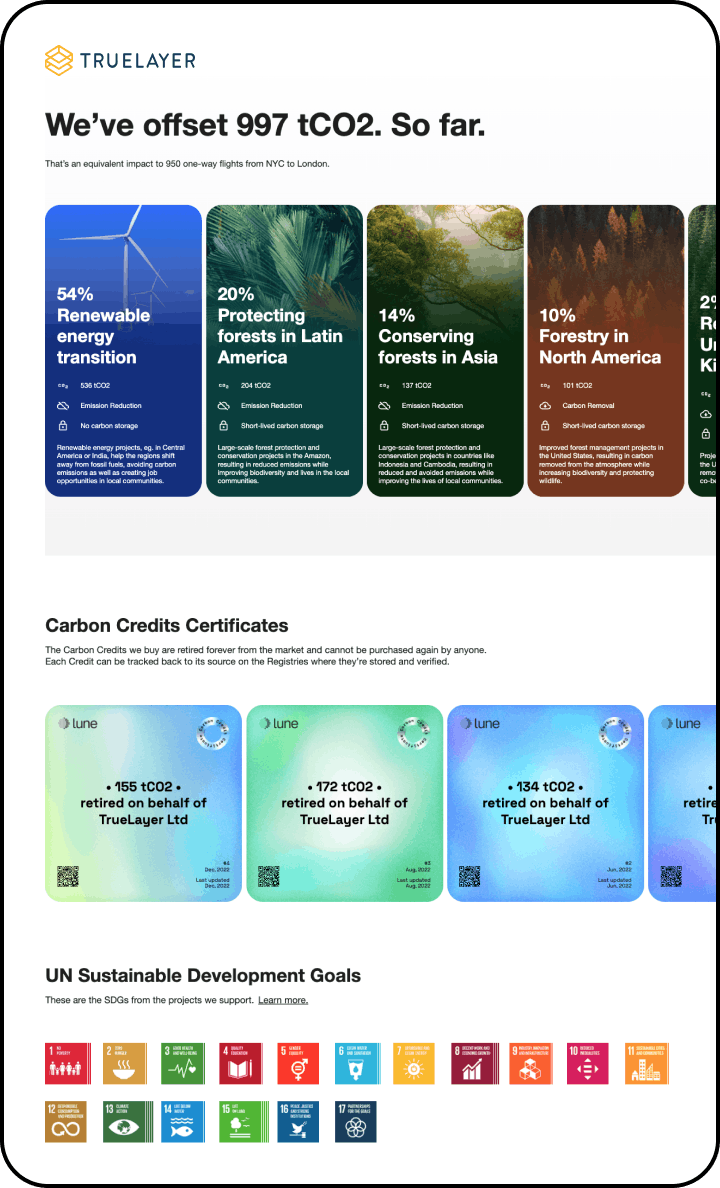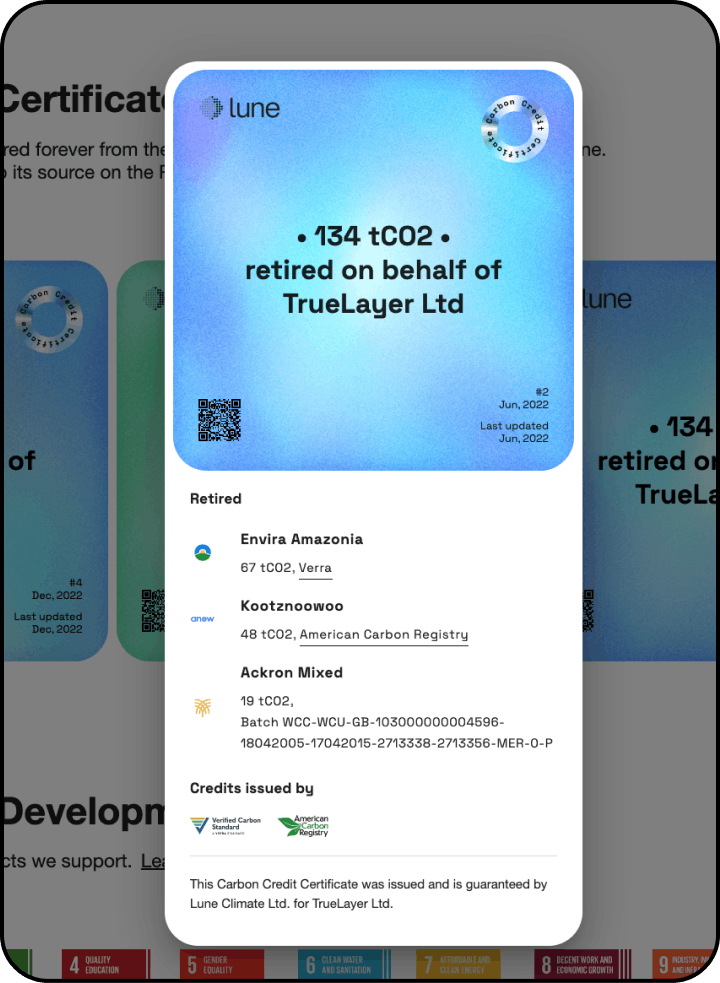

Be open and transparent.
That’s the number 1 rule when it comes to successfully communicating business sustainability efforts to customers and stakeholders.
Why? And what does transparency actually look like in communications about business sustainability efforts? Read on to find out.
Why is transparency so crucial to climate communications?
With so many companies claiming to be environmentally friendly, people are getting more and more sceptical about those claims. It’s very hard to tell those with real integrity from those making empty promises and using climate change for their own business gain.
Consumers simply don’t know who to trust when it comes to climate commitments.
If your company is actually doing the work to integrate climate positivity into the core of your business, then you need to be able to prove yourself and win that trust.
And companies that aren’t actually doing the work need to stop claiming they are – because they’re losing the trust of their customers.
Take Volkswagen's greenwashing scandal, for example, when their dodgy offsetting saw them the target of a Greenpeace campaign.
Or H&M, who have been using sustainability in their marketing campaigns for a while now – from their ‘conscious collection’ to their focus on recycled, reused, and 'sustainably sourced' materials. A recent Quartz exposé has shown that H&M’s sustainability claims are questionable – which, as commentators pointed out, is now eroding trust in the brand:
Trust is everything in brand marketing, and that’s especially true when it comes to climate initiatives.
And trust? Trust comes from believing that a company will uphold the claims they make, so to gain it you need to be communicating your climate journey with honesty, openness, and transparency every step of the way.
What does transparency actually involve?
Researchers define transparent communication as having three key components:
- Availability – all known information must be disclosed completely, so that it is easily and publicly accessible.
- Accountability – you are accountable to your stakeholders, and this means taking responsibility for any decisions and actions taken. This means reporting and communicating information in a balanced way, including the bad as well as the good and mistakes as well as successes.
- Participation – information must be mutually understood by all parties involved. This means that simply sharing information isn’t enough, true transparency means including the audience in the conversation at all stages, enabling their participation in any decision-making and ensuring their understanding of the message.

How do you put this into practice in your climate change communications?
But how do you translate this research into action when planning your own company’s climate change communications? A couple of practical tips:
- Explain your climate journey openly – ensuring the information on your sustainability initiatives is easily accessible to make you accountable to your plans
- Make it a conversation – enable your audience to offer feedback and suggestions, and ask questions about your sustainability focus.
A little more detail on those two factors...
Subscribe for the latest insights into driving climate positivity
Availability and accountability: explain your workings openly
The biggest way that you can bring transparency into your climate communications is to explain your journey openly, and explain it in full – including the bad as well as the good.
Often, communication around sustainability initiatives is distilled into a simple slogan, a one-line pledge (‘We’re committed to reaching net zero emissions by 2040’) or claim (‘We’ve cut our emissions by 60%’).
This might meet with best practice for marketing copy generally – keeping the message short, concise, and easy to understand – but, when it comes to climate communications, more actually is more.
To trust your actions, your audience needs to understand why you’ve decided to take this approach to sustainability and how you plan to get there. And that means adding detail.
This should include:
- The motivation. What was the spark for your business to begin exploring its climate impact and how to address it? Why is it important for the company to do this? If there’s a key person at the business (founder, CEO etc) who pushed sustainability forward as a priority this could take the form of an interview with them.
- The starting point. What was your environmental impact as a company at the start of your climate journey? Again, the more detail you can offer here the better. How have you calculated your impact? Are you covering scope 1, 2, and 3 emissions in your data? Where are the biggest problem areas in terms of emissions? If you sell products, what’s their impact?
- The end goal. Where do you want to get to as a company? And why have you chosen this as your target? What is your sustainability strategy – how do your goals for sustainability fit into your wider strategy and vision for the business as a whole?
- The approach. What is your plan to reach that end goal? What does the timeline look like? What key progress points are there along the way? Why have you chosen to take this approach? Are your plans aligned with any recognised frameworks such as Science Based Targets? If so, why have you chosen to align with those frameworks?
- Progress so far. What actions have you taken so far towards those targets? Why have you chosen to start with these actions? Remember also that part of telling the whole story is disclosing any difficulties or uncertainties along the way – have you encountered any limitations or struggles? If so, how are you working to overcome them or change your strategy?
- Next steps. What actions are you planning to take next? Why? When will you be able to give further updates?
Sharing your journey in this way shows that you’re taking climate impact seriously. As a brand you’ve put in lots of time and effort to understand your environmental impact and researched the best way to go about addressing that – and you’re being open and honest about exactly what that process has looked like so far.
Of course, in practice you won’t be able to share the full backstory with every mention of your sustainability plans across all channels – but you can make sure that a detailed account is super easy to find on your website for those who want to go and find out more. You could create a dedicated ‘sustainability’ webpage, for instance, where you can tell your story and add updates as you go.
Participation – make it a conversation, not a lecture
As we’ve seen, truly transparent communication means that your audience needs to be able to actively participate in the conversation about your climate journey.
Firstly, that means making sure your climate communications are accessible and digestible to ensure your audience can easily understand your sustainability initiatives.
A few tips:
- Make it visible. You might have the best climate communications going, but if your audience never finds them they may as well not exist. So make sure your business sustainability information is easy to find on your website (creating a ‘sustainability’ webpage, as we mentioned earlier, is a great way to do this). Even better, look for ways to integrate climate messaging within the customer experience itself – for instance, during the payment and checkout flow.
- Create a regular flow of information. Communications about business sustainability should never be a one-off, instead there should regular updates about your progress and next steps – so commit to sharing information at defined intervals e.g. with an annual sustainability update.
- Avoid jargon. All communication should be in clear and simple language.
- Keep it factual. Stay away from snazzy slogans and marketing buzzwords and stick to evidence-based messaging.
And secondly, it means creating two-way communication – opening a conversation with your audience about your sustainability as a company.
That means offering ways for customers to ask questions or offer feedback on your climate action – and it means being open to adjusting your approach based on this feedback.
You could host a webinar or briefing when you release a sustainability update, giving plenty of time for Q&A. You could create an FAQ section on your website, addressing regular questions or comments. You could survey your customer base regularly. Or, it could be as simple as providing a point of contact for any questions about your climate initiatives – which also helps customers to feel that your climate initiatives are coming from your team as humans, not as a brand or business tactic.
An example – TrueLayer: open banking, open offsetting
At Lune we make it easy for companies to start communicating their climate impact, through our Lune Sustainability Pages – customisable, shareable landing pages which act as an open record of a business’ carbon credit purchases.
Here’s one example from open banking company, TrueLayer.
Their Sustainability Page promotes ‘availability’ of information by clearly communicating:
- The amount of carbon emissions offset via buying carbon credits – including an example of what these emissions mean in practice (equal to 950 one-way flights from New York to London) to help users visualise the real-world impact.
- The carbon projects that have been supported, complete with information on what those projects actually do with the funding received.
- The Sustainable Development Goals (SDGs) these projects contribute to, highlighting their co-benefits beyond carbon for local people, wildlife, and environments.

Plus, ‘accountability’ is enhanced through:
- Including the actual Carbon Credit Certificates, complete with the date of retirement and the details of the registry where the retirement was made – making the purchases traceable and increasing trust.
- Referencing Lune as the Sustainability Partner who enables and guarantees the carbon credit purchases, again enhancing trust in the approach TrueLayer have taken for their offsetting.

Seen another great example of messaging about climate impact from a business, or a beautifully designed sustainability webpage?
We’d love to take a look – tag us on Twitter or LinkedIn or drop us an email on [email protected].
Readers also liked
Readers also liked

Subscribe for emissions intelligence insights
Get the latest updates in the world of carbon tracking, accounting, reporting, and offsetting direct to your inbox.


